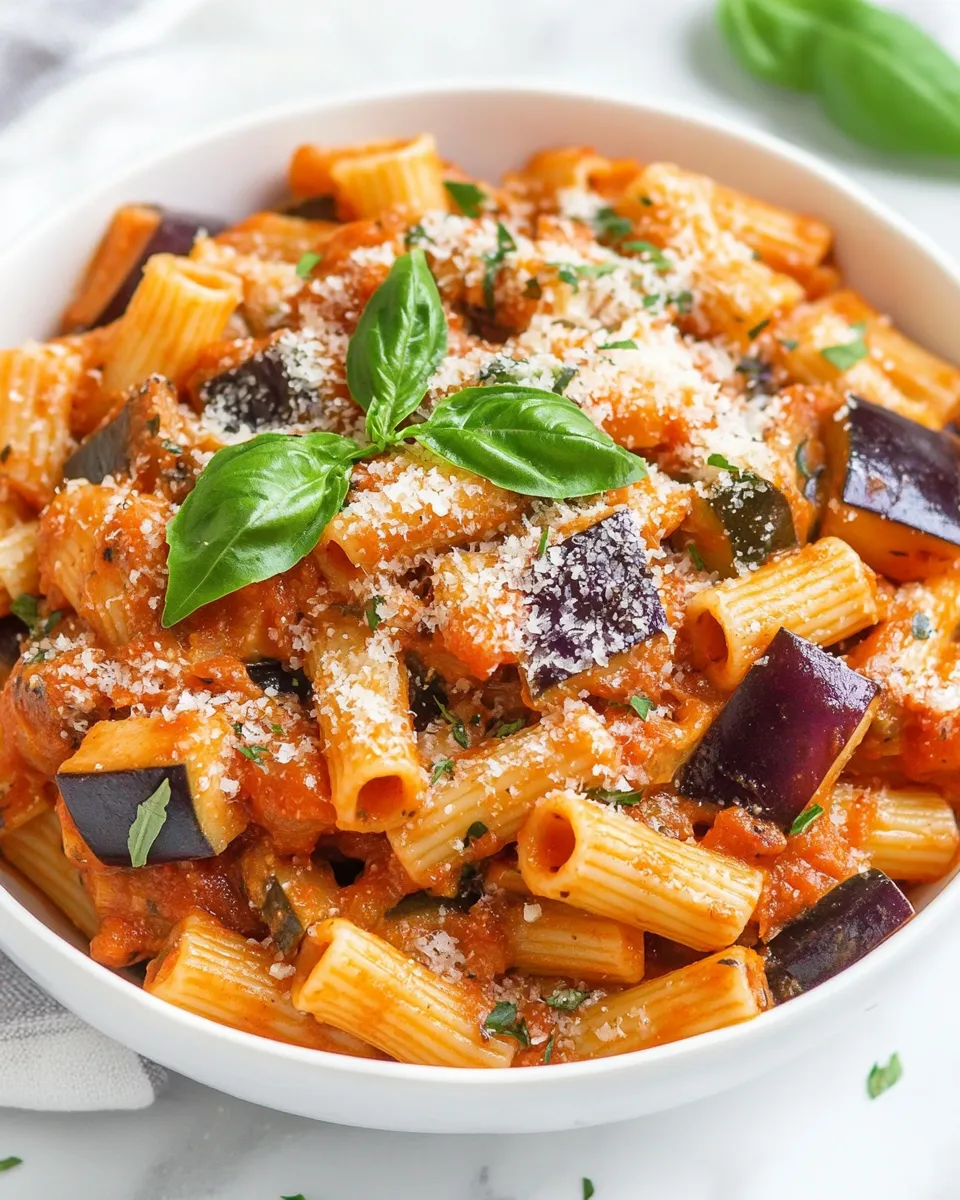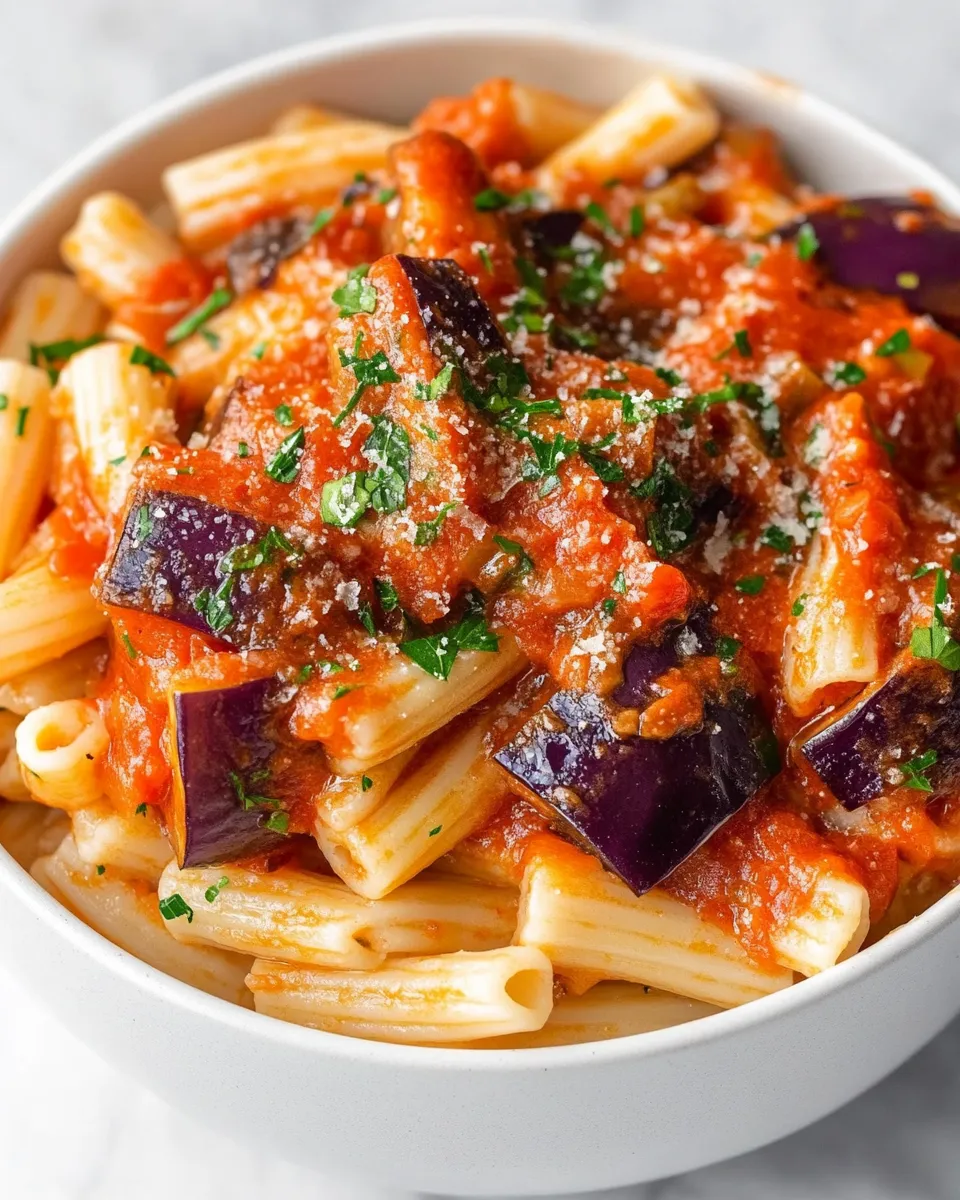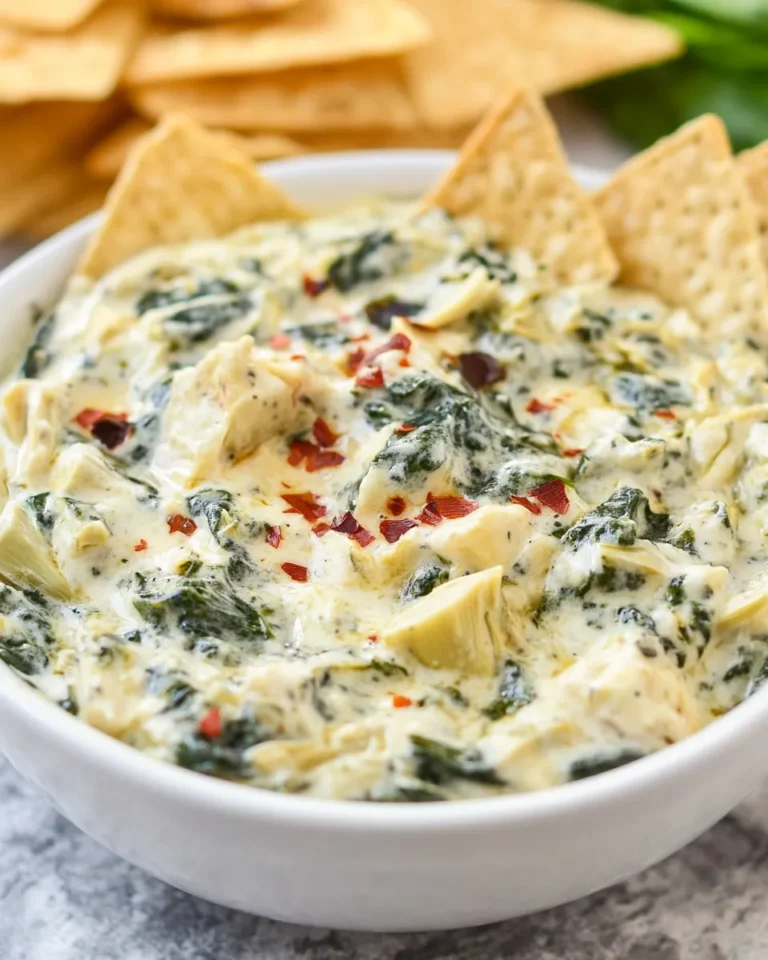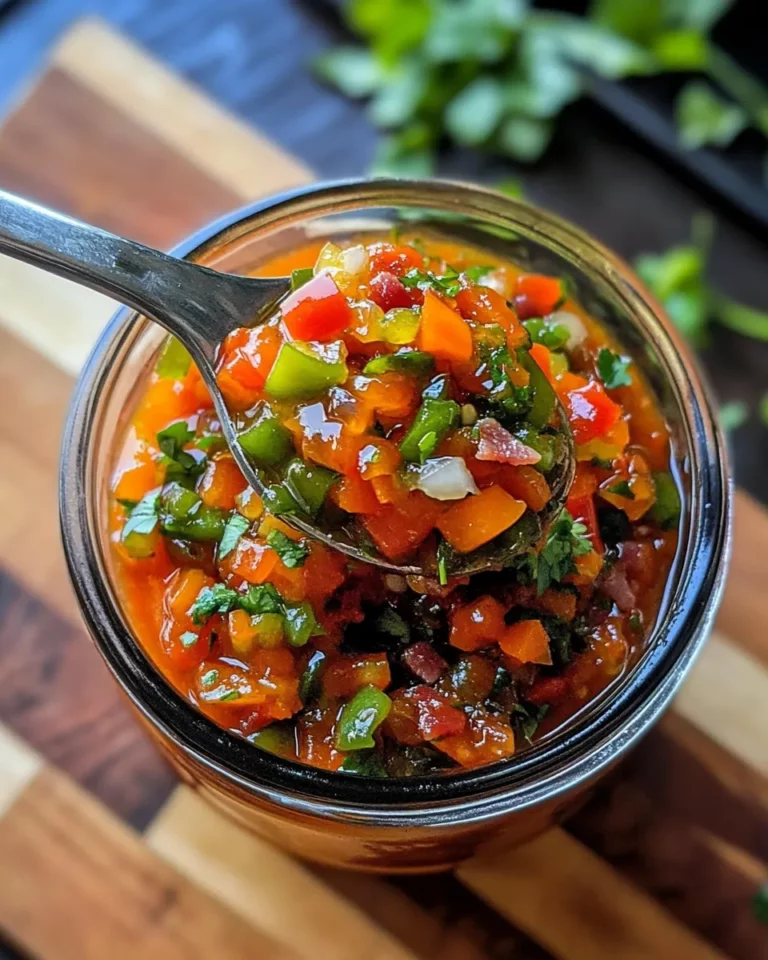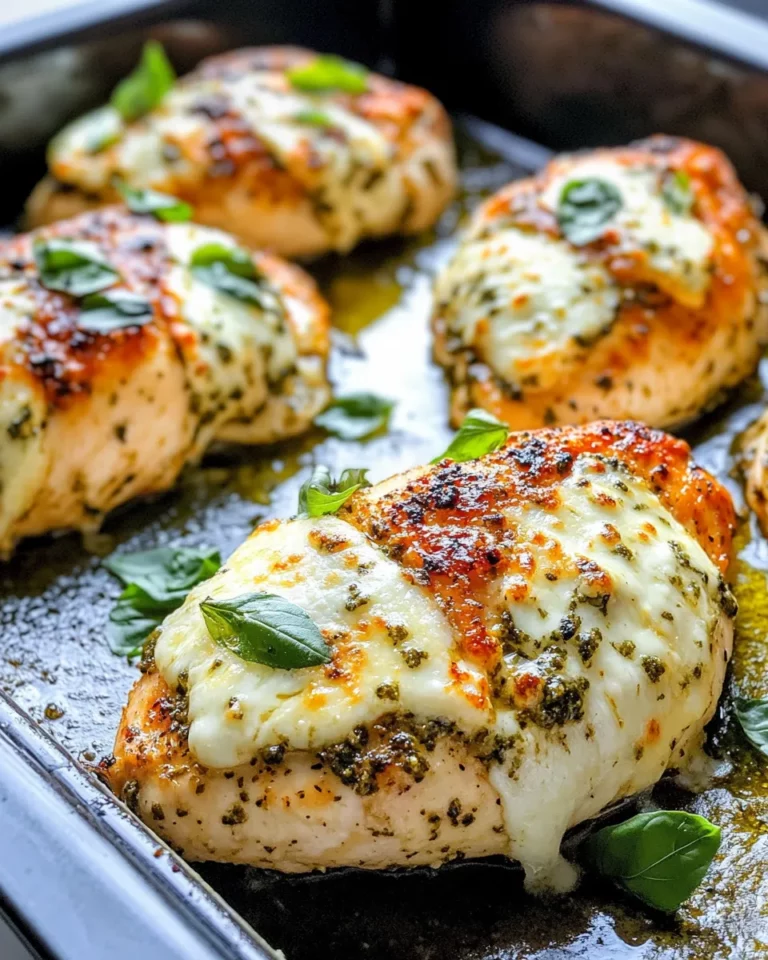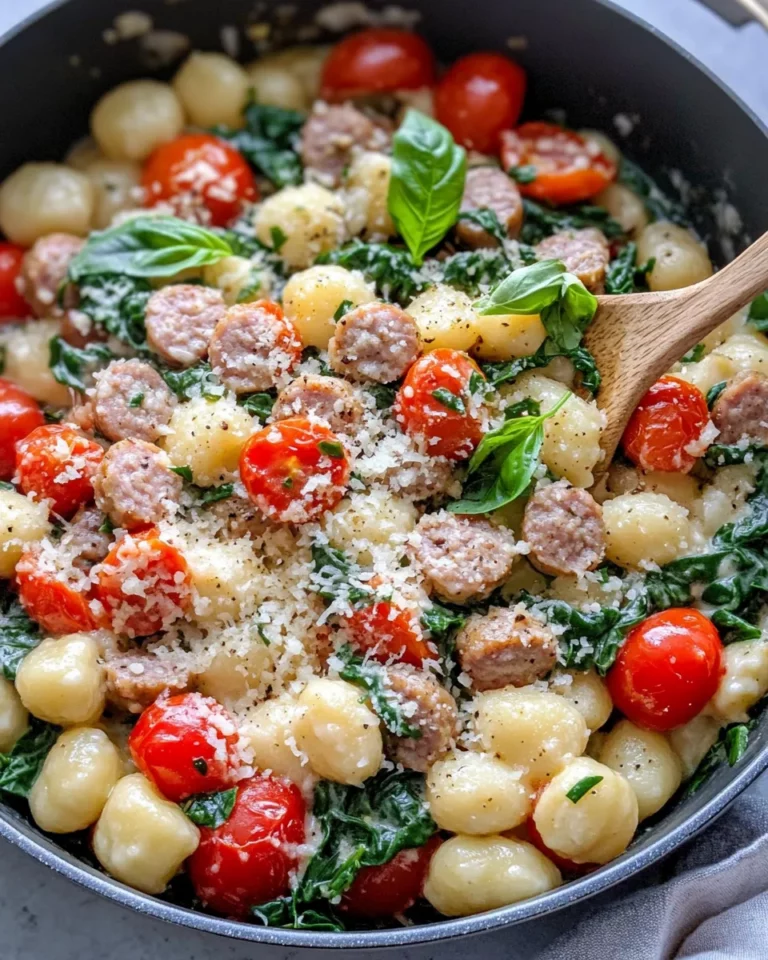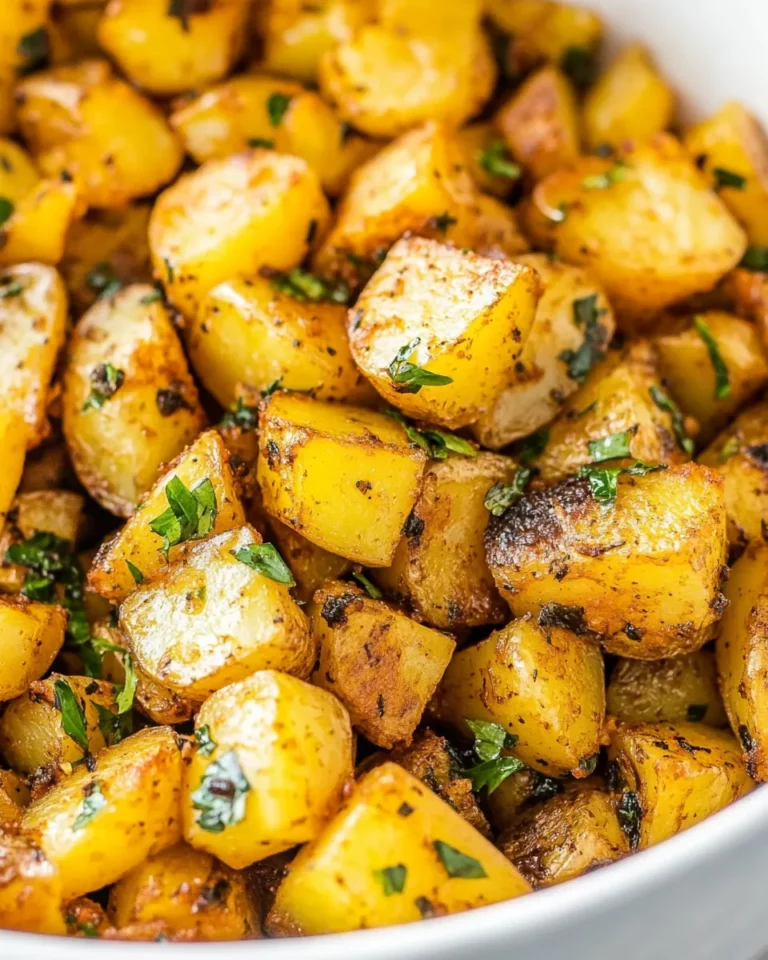Pasta Alla Norma (Eggplant Pasta)
Pasta Alla Norma is a classic Sicilian dish that beautifully combines tender cubes of sautéed eggplant with perfectly cooked pasta, all tossed in a simple yet flavorful olive oil sauce. This recipe is a celebration of fresh ingredients and rustic Italian flavors, making it a fantastic weeknight dinner or a comforting meal to share with friends and family. The combination of the creamy eggplant with the slight saltiness of vegetarian Parmesan cheese and a sprinkle of fresh parsley or basil is nothing short of divine. Whether you’re a seasoned cook or a beginner, this Pasta Alla Norma recipe is approachable, satisfying, and sure to become a staple in your cooking repertoire.
Why This Recipe Is a Must-Try
Pasta Alla Norma is more than just a pasta dish—it’s a tribute to the vibrant culinary traditions of Sicily. What makes this recipe stand out is its simplicity and the way it highlights the natural flavors of each ingredient without overwhelming them. The eggplant, when cooked properly, becomes silky and rich, perfectly complementing the pasta. This dish also uses pantry staples like olive oil and dried pasta, making it accessible and easy to prepare any day of the week. It’s a wonderful vegetarian option that doesn’t skimp on flavor or texture, proving that you don’t need meat to create a hearty and delicious meal. Plus, it’s versatile enough to suit different tastes and occasions, whether you want a casual dinner or an impressive dish for guests.
Ingredients
- 1-2 eggplants, cut into 1-inch cubes (around 1 ½ pounds, 680g total weight)
- 3 tablespoons olive oil
- ½ teaspoon salt
- ¼ teaspoon ground black pepper
- 10 ounces (280g) dried pasta of any shape (penne, rigatoni, or spaghetti work well)
- Parmesan cheese for serving (vegetarian Parmesan recommended)
- Chopped fresh parsley for garnish (or basil, if preferred)
How To Make Pasta Alla Norma (Eggplant Pasta)
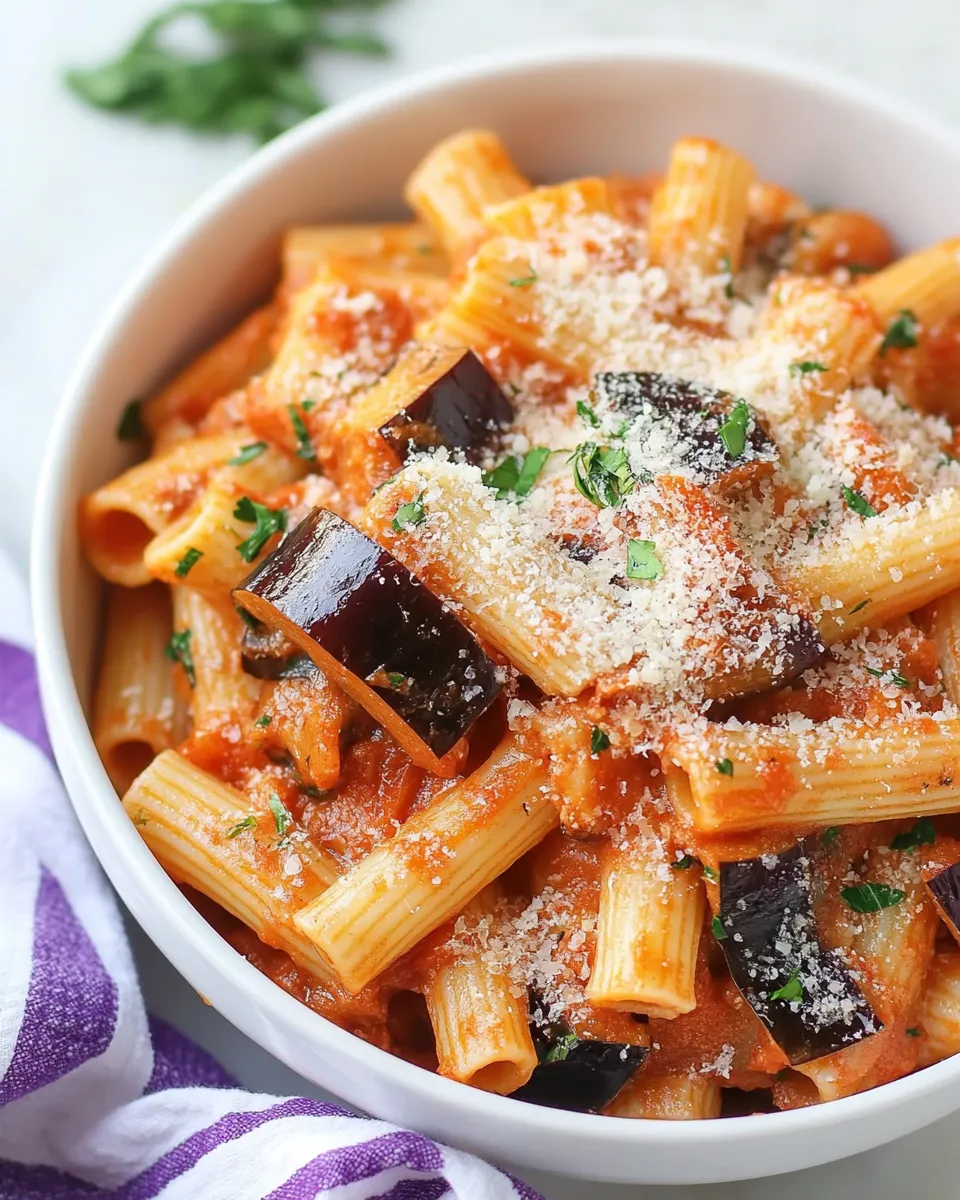
Step 1: Prepare the Eggplant
Start by washing your eggplants and cutting them into 1-inch cubes. The size is important because it allows the eggplant to cook evenly and become tender without turning to mush. Place the cubes in a colander and sprinkle with a pinch of salt. Let them sit for about 20-30 minutes to draw out any bitterness and excess moisture. Afterward, rinse the eggplant cubes under cold water and pat them dry thoroughly with a kitchen towel or paper towels. This step ensures that your eggplant will sauté nicely rather than steam.
Step 2: Cook the Eggplant
Heat 3 tablespoons of olive oil in a large skillet over medium heat. Once hot, add the eggplant cubes in a single layer, making sure not to overcrowd the pan. You may need to cook them in batches. Season with ½ teaspoon salt and ¼ teaspoon black pepper. Cook the eggplant, stirring occasionally, until it’s golden brown and tender—this should take about 8-10 minutes. The olive oil will help the eggplant soak up flavor and achieve a lovely caramelized texture. Once cooked, transfer the eggplant to a plate and set aside.
Step 3: Cook the Pasta
Bring a large pot of salted water to a boil. Add your pasta of choice and cook according to the package instructions until al dente. Reserve about ½ cup of the pasta cooking water before draining the pasta. This starchy water will help bind the sauce and pasta together later.
Step 4: Combine Pasta and Eggplant
Return the skillet with any remaining olive oil to low heat. Add the drained pasta and the sautéed eggplant cubes back into the pan. Toss gently to combine. If the mixture seems dry, add a splash of the reserved pasta water to create a loose sauce that will coat the pasta beautifully.
Step 5: Serve
Divide the pasta among serving bowls or plates. Generously sprinkle vegetarian Parmesan cheese over the top and garnish with chopped fresh parsley or basil. The fresh herbs add a burst of color and brightness that perfectly complements the richness of the eggplant and cheese. Serve immediately for the best texture and flavor.
Expert Tips
- Salt the eggplant: This helps remove bitterness and prevents the eggplant from absorbing too much oil during cooking.
- Use good quality olive oil: Since this dish is simple, the olive oil’s flavor shines through, so choose extra virgin olive oil for the best taste.
- Don’t overcrowd the pan: Cook eggplant in batches if needed to ensure it browns nicely rather than steams.
- Reserve pasta water: The starchy water helps create a silky sauce that clings to the pasta and eggplant.
- Choose the right pasta shape: Short, ridged pasta like rigatoni or penne works well to catch the eggplant pieces and sauce.
- Vegetarian Parmesan: Use a vegetarian-friendly Parmesan cheese to keep the dish fully plant-based and flavorful.
Variations and Customizations
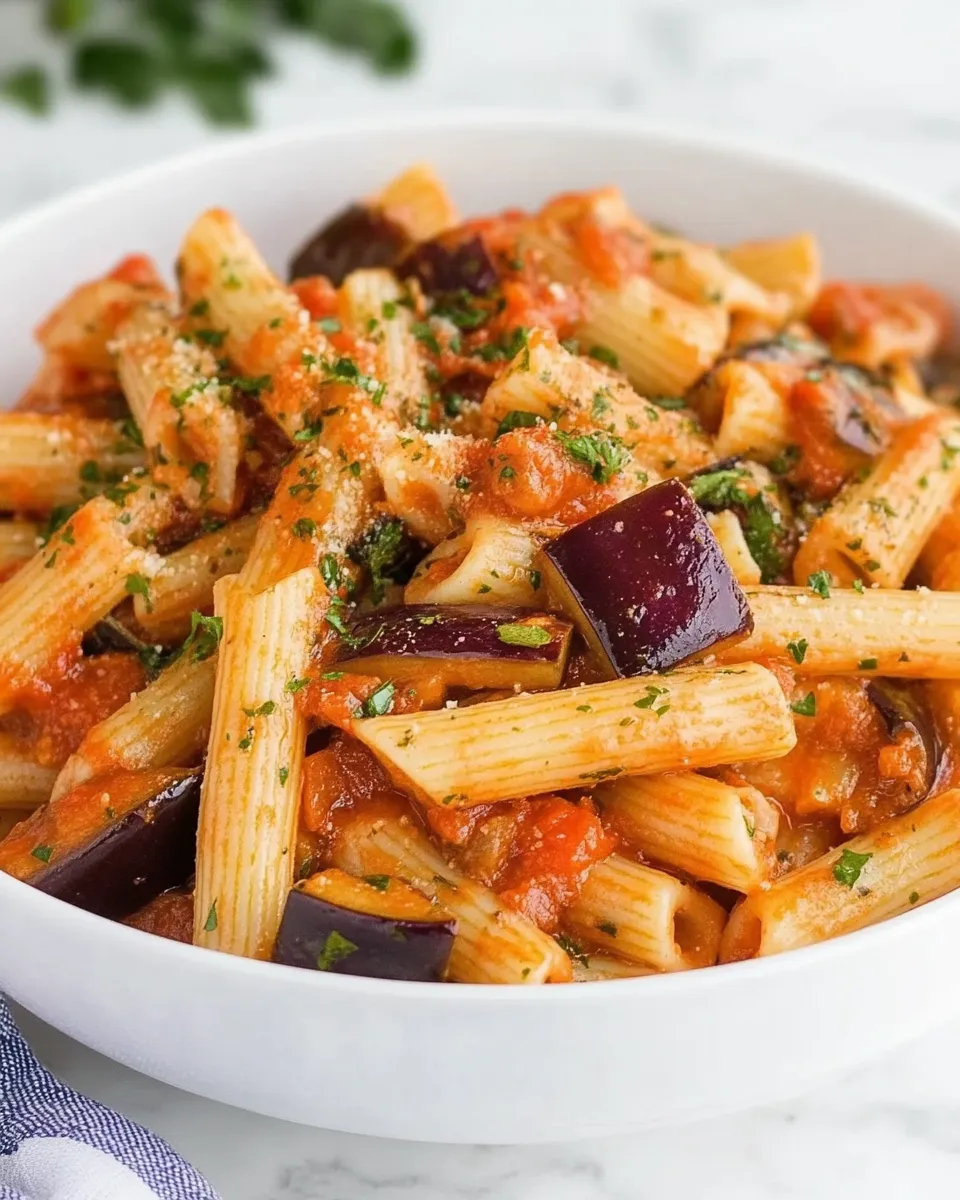
- Add garlic and chili flakes: Sauté minced garlic and a pinch of chili flakes with the eggplant for a little extra warmth and depth of flavor.
- Use fresh tomatoes: For a more saucy version, add chopped fresh tomatoes or canned crushed tomatoes to the skillet and simmer before adding the pasta.
- Swap herbs: Try fresh basil or oregano instead of parsley for a different herbal profile.
- Add protein: For a non-vegetarian twist, add grilled chicken or shrimp. For a vegetarian protein boost, toss in some cooked chickpeas or toasted pine nuts.
- Make it creamy: Stir in a splash of plant-based cream or coconut milk for a richer, creamier sauce.
How to Store Leftovers
Store any leftover Pasta Alla Norma in an airtight container in the refrigerator for up to 3 days. When reheating, add a splash of water or olive oil to loosen the pasta and prevent it from drying out. You can reheat it gently on the stovetop over low heat or in the microwave. For best texture, avoid overcooking during reheating. This dish can also be frozen for up to 1 month, but the eggplant may become softer after thawing.
FAQ
Can I use other vegetables instead of eggplant?
Absolutely! While eggplant is traditional, you can experiment with zucchini, mushrooms, or bell peppers for different flavors and textures. Keep in mind that cooking times may vary depending on the vegetable you use.
What pasta shape works best with Pasta Alla Norma?
Short pasta shapes with ridges or tubes like rigatoni, penne, or fusilli work best because they hold onto the eggplant and sauce well. However, spaghetti or linguine can also be used if you prefer long pasta.
Is vegetarian Parmesan cheese necessary?
Using vegetarian Parmesan is recommended if you want to avoid animal rennet, which is common in traditional Parmesan. Vegetarian Parmesan provides the same savory, cheesy flavor while fitting a vegetarian diet.
Can I make this recipe gluten-free?
Yes! Simply substitute the regular dried pasta for your favorite gluten-free pasta variety. Just be sure to cook it according to the package instructions since cooking times can differ.
Conclusion
Pasta Alla Norma is a wonderfully simple and satisfying dish that highlights the natural sweetness and creaminess of eggplant alongside perfectly cooked pasta. With just a handful of wholesome ingredients and easy steps, you can create a meal that feels both comforting and elegant. Its versatility means you can customize it to your liking, making it a perfect addition to your weeknight dinner rotation or a special meal for guests. Whether you stick to the traditional recipe or experiment with variations, this eggplant pasta is sure to become a beloved favorite in your kitchen. Enjoy the delicious taste of Sicily right at your dining table!
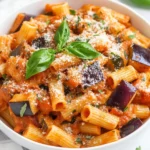
Pasta Alla Norma (Eggplant Pasta)
Ingredients
- 1-2 eggplants cut into 1-inch cubes (around 1 ½ pounds, 680g total weight)
- 3 tablespoons olive oil
- ½ teaspoon salt
- ¼ teaspoon ground black pepper
- 10 ounces dried pasta any shape (penne, rigatoni, or spaghetti work well)
- Parmesan cheese for serving (vegetarian Parmesan recommended)
- chopped fresh parsley for garnish (or basil, if preferred)
Instructions
Step 1: Prepare the Eggplant
- Start by washing your eggplants and cutting them into 1-inch cubes. Place the cubes in a colander and sprinkle with a pinch of salt. Let them sit for about 20-30 minutes to draw out any bitterness and excess moisture. Rinse the eggplant cubes under cold water and pat them dry thoroughly with a kitchen towel or paper towels.
Step 2: Cook the Eggplant
- Heat 3 tablespoons of olive oil in a large skillet over medium heat. Add the eggplant cubes in a single layer, cooking in batches if needed. Season with ½ teaspoon salt and ¼ teaspoon black pepper. Cook, stirring occasionally, until golden brown and tender, about 8-10 minutes. Transfer to a plate and set aside.
Step 3: Cook the Pasta
- Bring a large pot of salted water to a boil. Add pasta and cook according to package instructions until al dente. Reserve about ½ cup of pasta cooking water before draining.
Step 4: Combine Pasta and Eggplant
- Return the skillet with any remaining olive oil to low heat. Add drained pasta and sautéed eggplant back into the pan. Toss gently to combine. Add a splash of reserved pasta water if the mixture seems dry to create a loose sauce.
Step 5: Serve
- Divide the pasta among serving bowls or plates. Sprinkle vegetarian Parmesan cheese over the top and garnish with chopped fresh parsley or basil. Serve immediately.
Equipment
- Large Skillet
- Large Pot
- Colander
- Kitchen Towels

